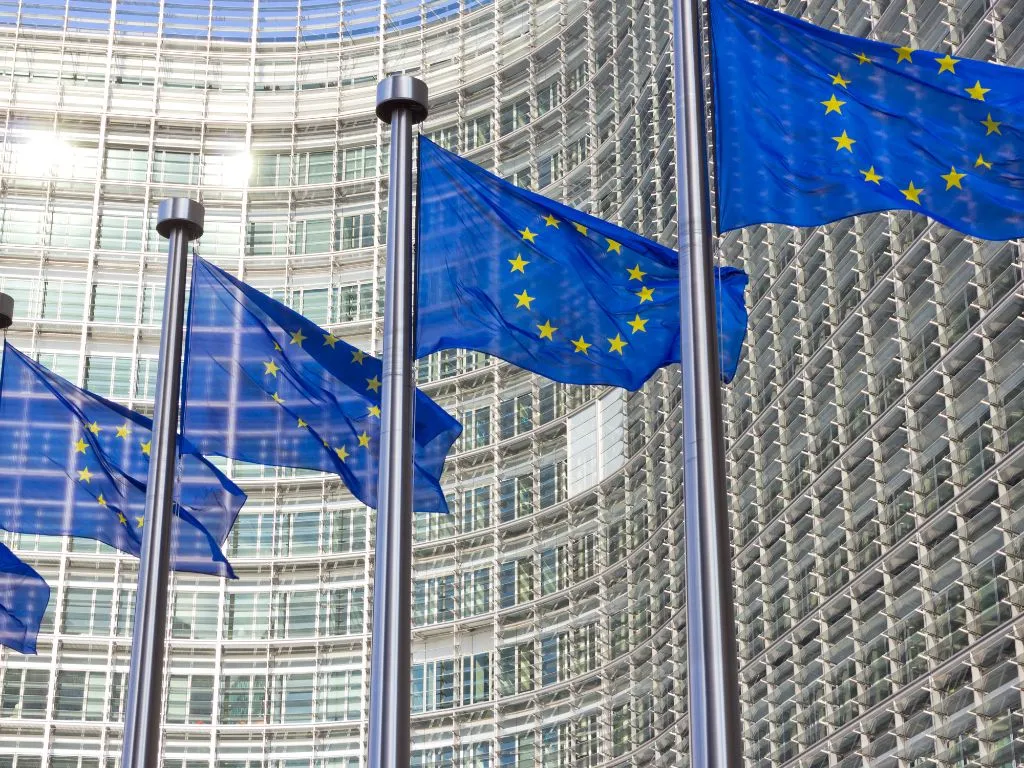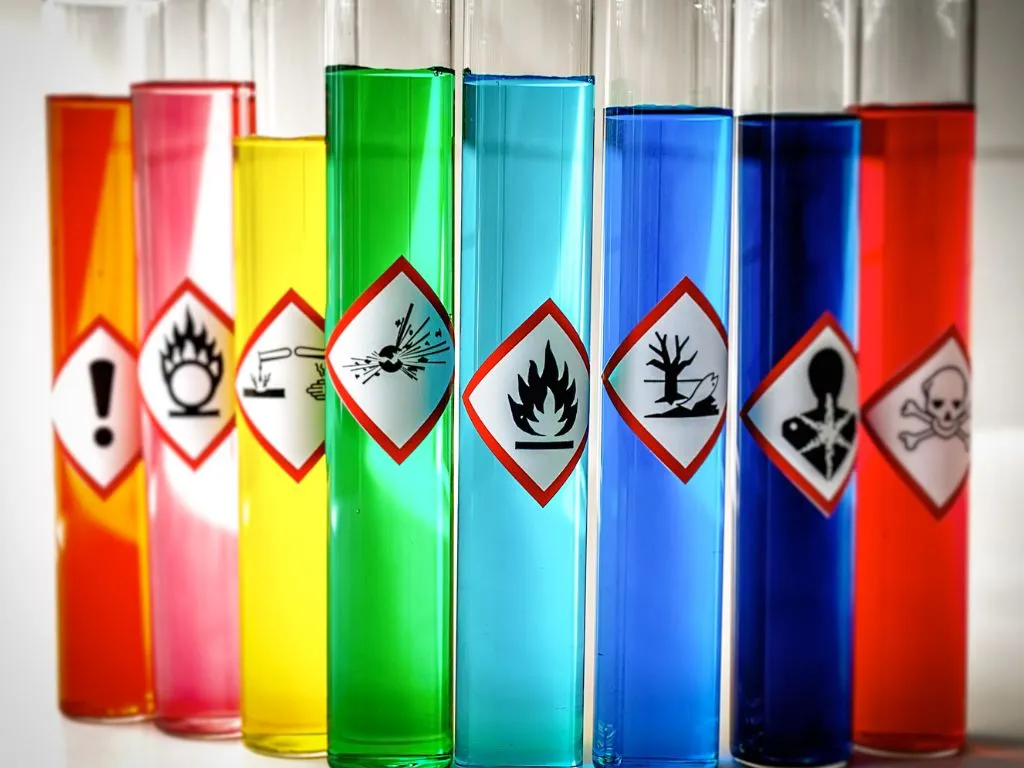- Home
- GPC Europe
Europe - Home
Login
Forget Password
News

EU Council Advances Standalone Regulation for the European Chemicals Agency
Dec-17-2025
On 10 December 2025, the Council of the European Union agreed its position on a proposed regulation to establish a standalone legal framework for the European Chemicals Agency (ECHA). This is a significant step in the legislative process, confirming the support of EU Member State for the creation of a dedicated regulation to govern ECHA’s mandate, governance, and financing.
Establishing a Dedicated Legal Framework for ECHA
The proposed regulation aims to provide ECHA with its own legal basis, separate from the REACH Regulation, under which the agency was originally established. This initiative reflects the significant expansion of ECHA’s responsibilities in recent years, which now include tasks relating to chemicals, biocides, prior informed consent, persistent organic pollutants and other EU legislation.
Under the proposal, the new framework would:
- Define ECHA’s role and tasks in a single horizontal regulation, consolidating provisions currently spread across REACH and other EU chemicals legislation and clarifying ECHA’s responsibilities across multiple regulatory regimes.
- Update governance arrangements, including the roles and functioning of the Management Board and the Executive Director. The aim is to improve oversight, transparency, and decision-making efficiency in light of ECHA’s expanded mandate.
- Address ECHA’s long-term financial sustainability, including the structure of fees, charges and EU budget contributions. This would respond to the declining fee income under REACH and the increasing workload across EU chemicals legislation.
- Strengthen the functioning of ECHA’s scientific committees, notably by reinforcing the obligations of Member States to nominate experts, increasing the flexibility of committee composition, and improving ECHA’s capacity to deliver timely scientific opinions.
Council Position and Next Steps
By agreeing its position, the Council has established its negotiating mandate for discussions with the European Parliament under the ordinary legislative procedure. The Council’s approach broadly follows the European Commission’s original proposal, presented in July 2025. The file will now move forward once the European Parliament adopts its position, after which interinstitutional negotiations are expected to begin.
If adopted, the regulation would represent a structural change in EU chemicals governance, providing ECHA with a consolidated legal and operational framework aligned with its expanded role under EU chemicals policy.

EU Notifies WTO of Draft ATP Introducing New and Updated Harmonised Classifications to Annex VI
Dec-16-2025
On 27 November 2025, the European Commission notified the World Trade Organization (WTO) of a draft Commission Delegated Regulation proposing amendments to Annex VI of the Classification, Labelling and Packaging Regulation (EC) No 1272/2008 (CLP Regulation). The draft measure introduces new and revised harmonised classification and labelling entries for 48 substances or substance groups, based on opinions adopted by the ECHA Risk Assessment Committee (RAC).
According to the notification (G/TBT/N/EU/1172), the proposal represents a forthcoming adaptation to technical progress (ATP) to the CLP Regulation. The Commission indicates a proposed adoption in Q1 2026, following completion of the consultation process. The draft regulation will take effect 20 days after publication in the Official Journal of the European Union, with a deferred application date to give suppliers time to update their labelling and packaging.
The detailed classification proposals are set out in the annex to the draft regulation and cover both new harmonised classifications and updates to existing Annex VI entries.
New Proposed Harmonised Classification Entries
The draft ATP proposes introducing new entries in Annex VI, mainly covering reproductive toxicity, carcinogenicity, environmental hazards and sensitisation. The table below summarises the substances, CAS numbers and main hazard classes proposed.
| Substance | CAS No. | Proposed hazard class(es) |
|---|---|---|
| Lithium carbonate | 554-13-2 | Repr. 1A, Lact. |
| Lithium chloride | 7447-41-8 | Repr. 1A, Lact. |
| Lithium hydroxide | 1310-65-2 | Repr. 1A, Lact. |
| Sodium metaborate, anhydrous | 7775-19-1 | Repr. 1B |
| Potassium pentaborate | 11128-29-3 | Repr. 1B |
| Potassium metaborate | 13709-94-9 | Repr. 1B |
| Pentaboron sodium octaoxide | 12007-92-0 | Repr. 1B |
| Magnesium metaborate | 13703-82-7 | Repr. 1B |
| Dipotassium tetraborate | 1332-77-0 | Repr. 1B |
| Dipotassium octaborate | 12008-39-8 | Repr. 1B |
| Diammonium decaborate | 12007-89-5 | Repr. 1B |
| Calcium tetraborate | 12007-56-6 | Repr. 1B |
| Calcium metaborate and calcium tetraborate (reaction products) | – | Repr. 1B |
| Ulexite | 1319-33-1 | Repr. 1B |
| Tincalconite | 12045-88-4 | Repr. 1B |
| Colemanite | 1318-33-8 | Repr. 1B |
| Ethane-1,2-diylbis(nitrilobis(methylene))tetrakisphosphonic acid | 1429-50-1 | Carc. 1B |
| Ethane-1,2-diylbis(nitrilobis(methylene))tetrakisphosphonic acid, sodium salt | 22036-77-7 | Carc. 1B |
| Ethane-1,2-diylbis(nitrilobis(methylene))tetrakisphosphonic acid, potassium salt | 34274-30-1 | Carc. 1B |
| Ethane-1,2-diylbis(nitrilobis(methylene))tetrakisphosphonic acid, calcium sodium salt | 85480-89-3 | Carc. 1B |
| Trihydrogen pentapotassium di(peroxomonosulfate) di(sulfate) | 70693-62-8 | Acute Tox. 4, STOT RE 1, Skin Corr. 1, Aquatic Acute 1 |
| Eugenol | 97-53-0 | Acute Tox. 4, Skin Sens. 1B |
| 2,2′,6,6′-Tetra-tert-butyl-4,4′-methylenediphenol | 118-82-1 | Aquatic Chronic 1 |
| Reactive Brown 51 | – | Repr. 1B, Skin Sens. 1A |
| N-1,3-dimethylbutyl-N′-phenyl-p-phenylenediamine | 793-24-8 | Repr. 1B, Acute Tox. 4 |
| Metyltetraprole | 1472649-01-6 | Carc. 2, Aquatic Acute 1 |
| 3,5-Dimethylpyrazole | 67-51-6 | Repr. 1B, Acute Tox. 4 |
| 2-Pyrrolidone | 616-45-5 | Repr. 1B |
| Melaleuca alternifolia, essential oil (tea tree oil) | 68647-73-4 | Repr. 1B, Asp. Tox. 1, Aquatic Acute 1 |
| Thermally treated garlic juice | – | Skin Sens. 1B |
Updated Existing Harmonised Classification Entries
The draft ATP also proposes updates to existing Annex VI entries, revising hazard classes and categories for several substances already subject to harmonised classification.
| Substance | CAS No. | Updated hazard class(es) |
|---|---|---|
| Fosthiazate | 98886-44-3 | Acute Tox. 3, STOT RE 1 |
| Flazasulfuron | 104040-78-0 | Repr. 2, STOT RE 2, Aquatic Chronic 1 |
| Bronopol | 52-51-7 | Acute Tox. 3, Skin Corr. 1, Aquatic Chronic 1 |
| Tebuconazole | 107534-96-3 | Repr. 1B, STOT RE 2, Aquatic Chronic 1 |
| Thymol | 89-83-8 | STOT SE 1, STOT RE 1, Skin Corr. 1 |
| Methyl methacrylate | 80-62-6 | Flam. Liq. 2, STOT SE 3 |
| 2-Hydroxyethyl methacrylate (HEMA) | 868-77-9 | STOT SE 3, Skin Sens. 1 |
| Pyriproxyfen | 95737-68-1 | Aquatic Acute 1, Aquatic Chronic 1 |
| Penconazole | 66246-88-6 | Repr. 2, STOT RE 2 |
| Dimethachlor | 50563-36-5 | Carc. 2, Aquatic Chronic 1 |
Login
Forget Password
Global Product Compliance (GPC) specializes in Global Regulatory Compliance Solutions across sectors
globally. SSS Europe, a familiar name in chemical regulatory and compliance services now formally belongs
under the umbrella of GPC Holding Sweden.
Since 2008, we have emerged as one of the leading names among Global Regulatory Compliance Service
Providers with Representation services in Europe, Asia and Middle East for respective chemical
regulations.

 Twitter
Twitter
